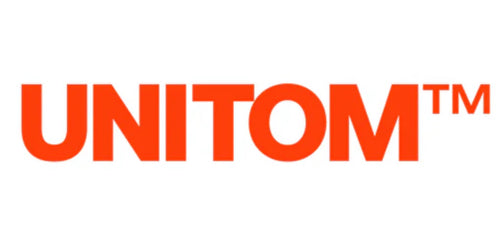Flash Art Volumes #01 - Anti-Composition
- Regular
- £17.00
- Sale
- £17.00
- Regular
- £26.95
- Unit Price
- per
Flash Art Volumes #01 Anti-Composition
Flash Art presents Anti-Composition, the inaugural issue of Flash Art Volumes.
Over the past forty years, architecture has increasingly grappled with notions of responsibility and irresponsibility. Meanwhile design has been relegated to the realm of the “unnecessary” – a tantalizing visual boast. Design tends to prioritize beauty and evocation, whereas architecture delves into the portrayal and revelation of our darker tendencies, as exemplified by the raw, abrasive forcefulness of Brutalism.
Flash Art Volumes: Anti-Composition is the first publication dedicated to such new (and forgotten) aesthetics. Conceived by Flash Art Editor-in-Chief, Gea Politi, and Creative Director, Alessio Avventuroso, and Guest curated by architect and curator Luigi Alberto Cippini, Anti-Composition is organized into three distinct sections: “HBC,” “Cute Stalking,” and “Institutions, Please Don’t!”
The name of the first section, “HBC,” comes from Herschel B. Chipp’s Theories of Modern Art, a monolithic and ancient source book which made a perfect case for how informal notes could be factored into a critical understanding of shifts in the realm of high art. “HBC” examines informal aspects of artistic expression beyond antiquated theories, and features discussions with established, current, and emerging artists: Michael E. Smith in conversation with Luigi Alberto Cippini; Peter Fischli by Hugo Bausch Belbachir; and Paride Maria Calvia in conversation with Clem MacLeod. “HBC” also includes a visual essay by Anne Imhof, realized in her Berlin home.
“Cute Stalking” surveys buildings and practices that were key to Cippini’s personal upbringing as an architect: the Bruce Graham Residence in Chicago, discussed by Marie Stargala and Matthew Rosen; the personal made into a lame modernist kunsthalle – the John Winter House in London, analyzed by Eliot Haworth; the spookiest, kindest anti-detail ever accomplished – Yukio Mishima’s villa in Tokyo, described by Sebastian Clark; a set for extremes built by baroque and mannerist droning – the Michael Hopkins House in Hampstead, explored by Achille Filipponi and X_ref; and the lightest hi-tech murder-scene villa, COOPHIMMELB(L)AU’s D3 House, a platform for paparazzi, hoodies, and junk food, dissected by Wolf dPrix and Elias Bouyssy.
As the name might suggest, “Institutions, Please Don’t!” ventures into the world of American museums and schools. Michael Abel and Nile Greenberg discuss the Metropolitan Museum of Art in New York, focusing on Kevin Roche’s radical, clinical, brutal, and board-savvy architectural design. Janelle Zara examines the SCAD Museum of Art in Savannah, highlighting its integration of commercial values and architecture within the art world. Manga Ngcobo and Sam Harding talk to SCI-Arc students Ari Diamond-Topelson, William Madsen, Reed Donaldson, and Maria Kuraeva about the Los Angeles school that used to be a progressive hub for bad boys, now a stable infrastructure for geometric convolution and environmental concerns, and that to them represents a critical point of departure for questioning what experimental architecture means today. This issue also includes Bad Works, a bespoke project conceived by Armature Globale; and a special essay by Octave Perrault on Bottega Veneta’s new project inspired by Le Corbusier for Milan Design














